Virgin Australia finds saviours hard to find in coronavirus times
The flying public nodded in agreement when Michael McCormack said he didn’t want Australia to have only one airline.
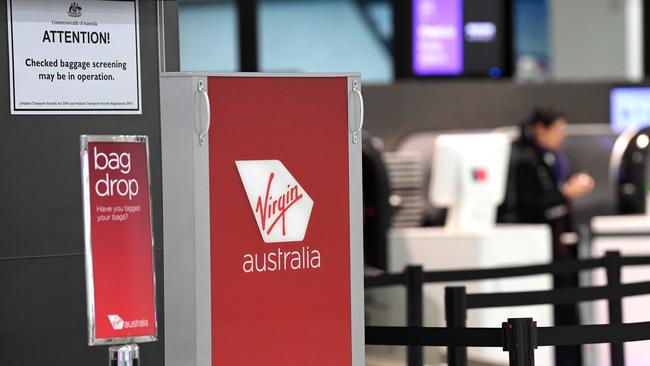
The flying public nodded in agreement last week when Michael McCormack said he didn’t want Australia to have only one airline.
The collapse of the nation’s “second” airline, this time Virgin Australia, is a story that’s been told before — not once but several times, with Qantas able to revel in its monopoly status before the next competitive offering comes along.
“I don’t want to see that situation,’’ the Deputy Prime Minister and Aviation Minister said. “I want to see a viable, second airline operating in Australia. Every Australian wants competition.”
Burdened with $5bn in debt, Virgin was losing altitude before the coronavirus pandemic. The airline was bleeding cash, posting losses for the past seven years.
New chief executive Paul Scurrah abruptly pivoted the strategy from the full-service model adopted by his predecessor John Borghetti to the low-cost, no-frills approach of its founders.
It was too little, too late.
The last time this happened was the 2002 collapse of Ansett, the second airline with a 40 per cent market share that never posed a serious threat to perennial No 1 Qantas.
Virgin Blue, as it was then called, was actually the third operator, having entered the market along with fellow start-up Impulse in 2000.
The market quickly became crowded and ripe for rationalisation.
When Ansett was put into administration with mounting losses, administrators had no hesitation in declaring the airline unviable.
While there was talk of a consortium led by billionaire businessmen Solomon Lew and Lindsay Fox resuscitating the airline, it never eventuated.
Virgin Blue, which was itself in less-than-robust fiscal health, suddenly had more of the sky to itself, securing a long-term position in Australia and slashing average airfares as it took the fight up to Qantas.
The low fares helped to stimulate strong growth, arguably setting in train the airline’s disastrous strategy of trying to beat Qantas at its own full-service game, both domestically and internationally.
Having seen the demise of Virgin, Ansett, Impulse, and even Compass I and Compass II before them, the question is whether other airlines will be prepared to step up.
On the upside, Australia has some of the most profitable domestic routes in the world, including the Melbourne, Sydney, Brisbane axis which should be capable of supporting two profitable airlines.
Against that is the catastrophic damage to the industry wrought by the coronavirus.
The International Air Transport Association has forecast the crisis will reduce passenger revenue by $US252bn, airlines will burn through $US61bn of their cash reserves, and about 25 million workers will lose their jobs.
At the peak of the global pandemic, only the most securely funded or government-owned airline could make a serious pitch. A private equity player could also take the view that the crisis will pass in two-three years, opening the window for a profitable exit.
It’s a sad fact, though, that very few businesses are successfully purchased out of administration.
The steelmaker Arrium, bought in 2017 by the British industrialist Sanjeev Gupta, is the most recent notable exception.

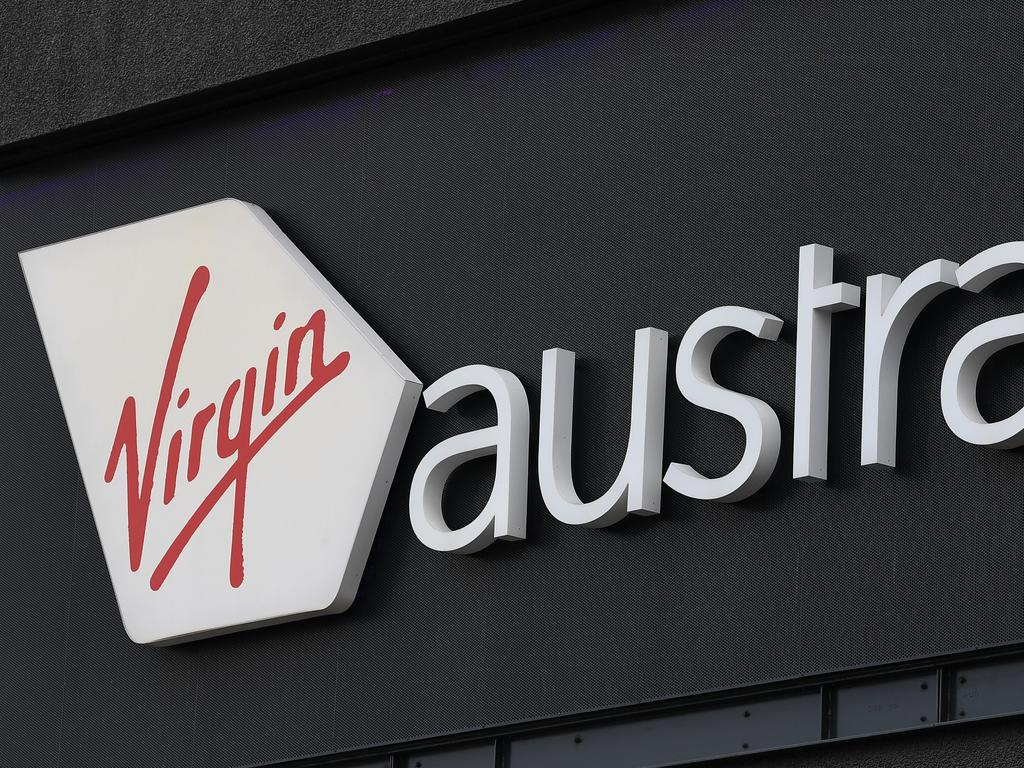

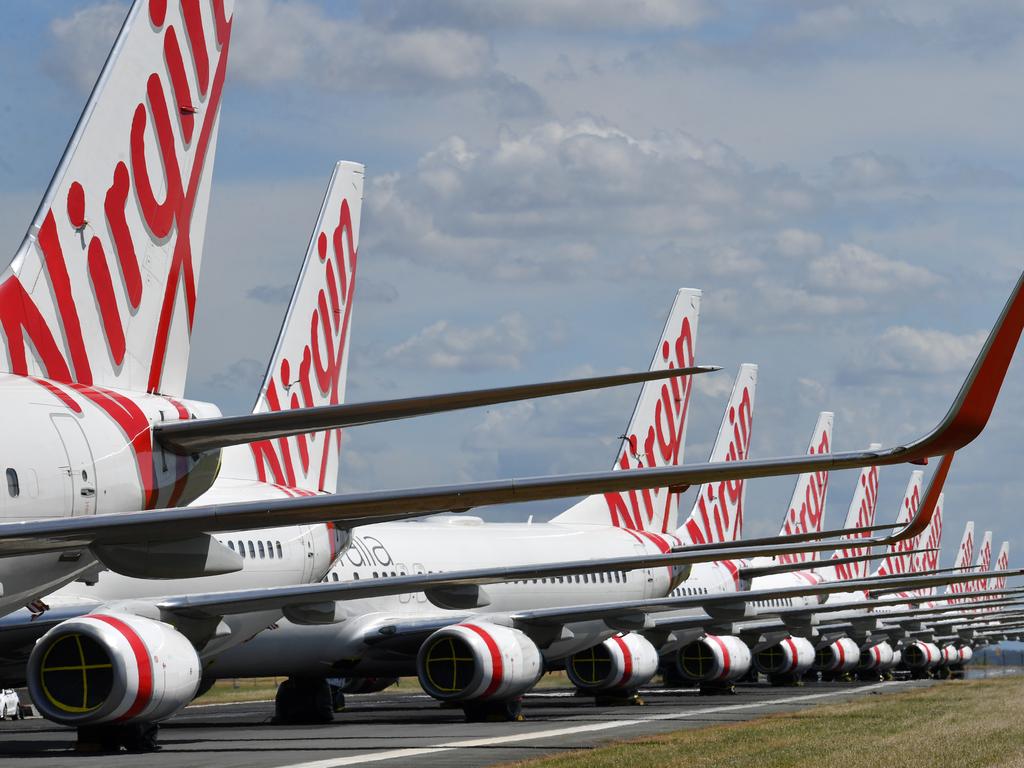
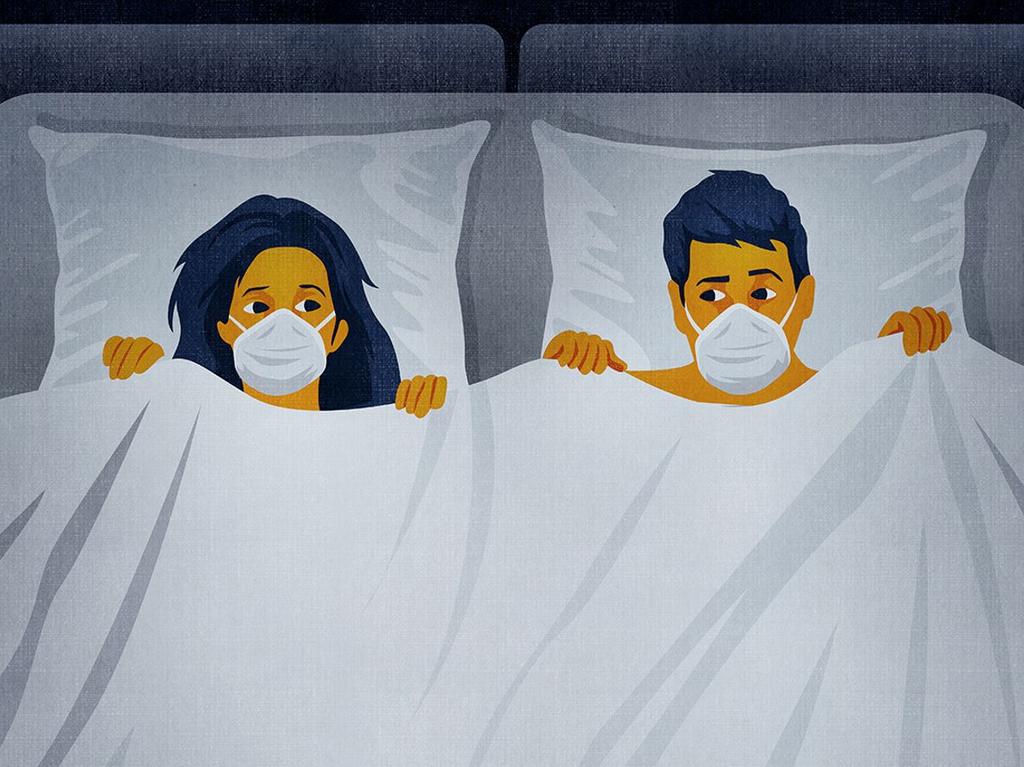
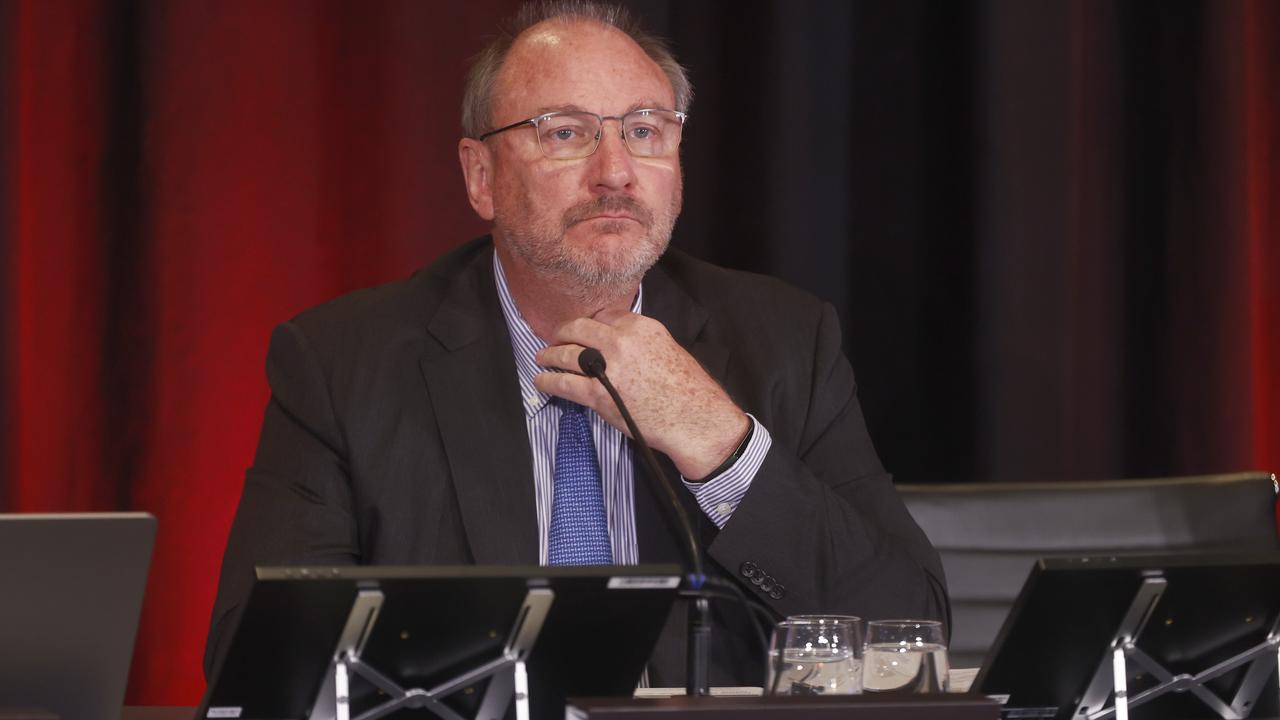
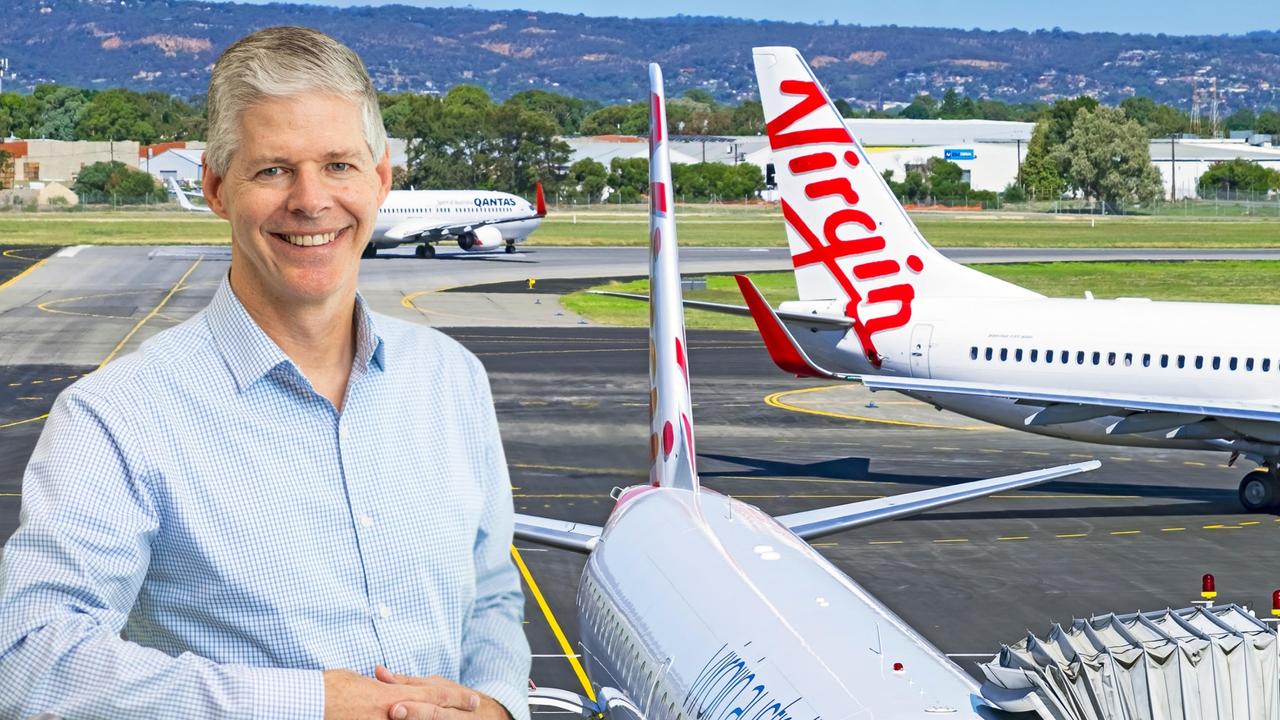
To join the conversation, please log in. Don't have an account? Register
Join the conversation, you are commenting as Logout